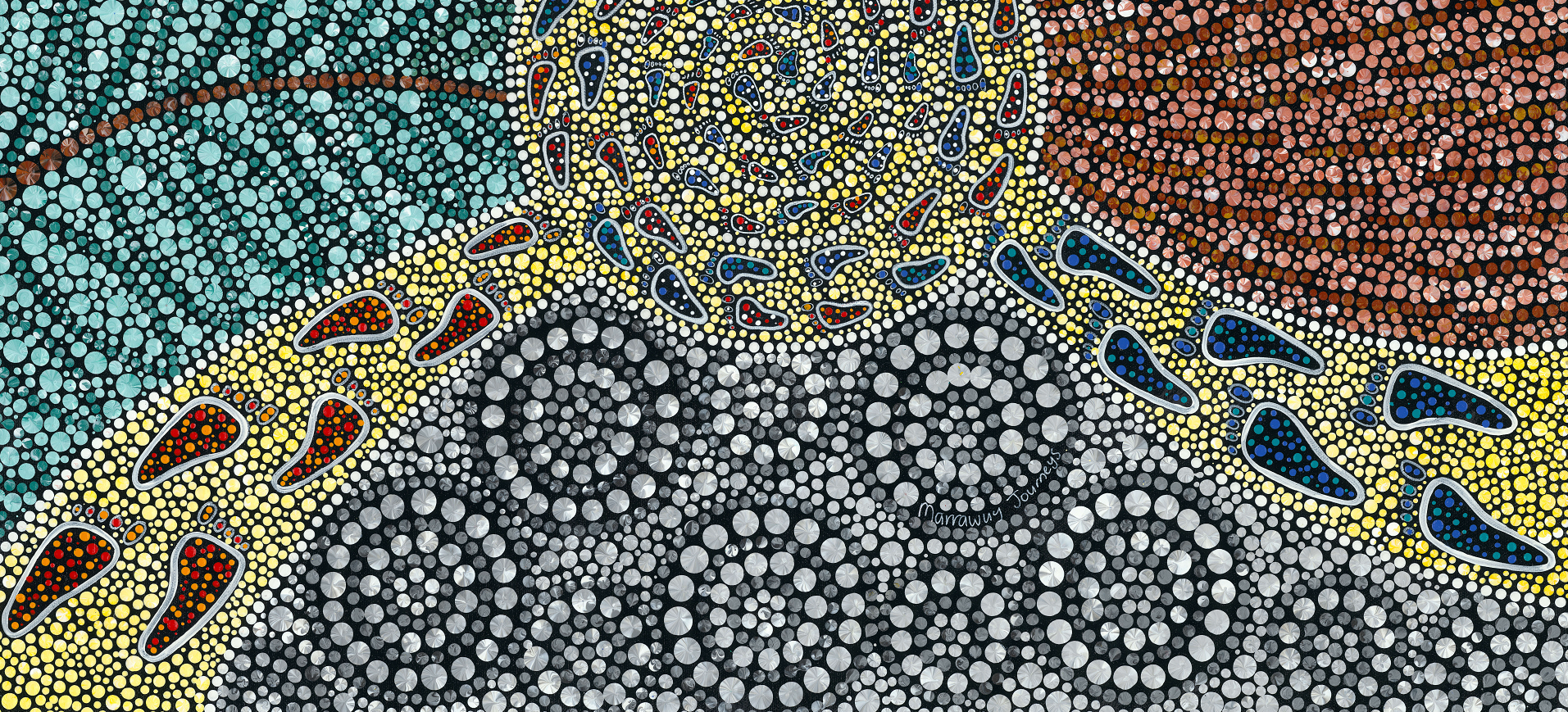The form
The AMC national CBD assessment form is a two-page document that enables evaluation of a candidate’s performance in various clinical domains. The assessor must include constructive feedback. At the end of the interaction both the assessor and the candidate must sign the form.
A copy of the CBD form can be found here.
Overview
The form is subdivided into four sections:
- Section 1: Details of the candidate, assessor, and demographic and concise clinical details of the patient.
- Section 2: Clinical domain/s for assessment.
- Section 3: Assessor’s global rating of the candidate’s performance and the assessor’s feedback.
- Section 4: The summative outcome of the assessment: Candidate will be marked at expectation, above expectation or below expectation in each domain.
At the end of the assessment the form should be signed by both the assessor and the candidate.
Areas of assessment
Clinical record keeping
De-identified written or digital records are acceptable. Records should be legible and demonstrate relevance, comprehensiveness and effective communication skills.
Clinical assessment: History and examination
History should be comprehensive, focused and relevant to the presenting problem. It should encompass all active problems, including relevant details of social, family and past history, allergies, current treatments, and elements relevant to the specific discipline (e.g. women’s health, mental health, child health).
The examination should be focused on the system and areas relating to the presenting problem but needs to include all systems relevant to other active problems.
Clinical assessment: Differential diagnoses, summary, and problem list
Clinical assessment should have a provisional diagnosis, with reasonable consideration of differential diagnoses and a problem list that includes all active problems. It should include a summary that demonstrates appropriate clinical reasoning.
Management plan: Investigations, treatment, and follow-up
Investigations should be targeted, relevant and show an awareness of cost–benefit considerations.
The management plan should demonstrate accurate interpretation of investigations, institution of the appropriate therapy (drugs and/or procedures) and a relevant follow-up plan.
Clinical reasoning/clinical judgement
Clinical reasoning should be appropriate to the level of the candidate and based on all available evidence at the time of patient interaction.
Pass mark
At or above expected level (3-5): At the level expected, the candidate demonstrated safe practice, which included acceptable documentation, appropriate clinical reasoning and an ability to justify decisions to enable appropriate management.
Below expected level (1-2): The candidate failed to demonstrate the expected level of clinical care and clinical reasoning to ensure safe practice and enable appropriate management.
Overall performance is a global rating of the candidate’s performance at the appropriate level of competent or not competent.
Assessor comments
The assessor must provide constructive feedback in the written comments section of the form for all criteria that validates the rating given.
